This was a short two-day trip and sadly, once again travelling on my own as Chanthim was busy. For this trip, from Jan 19 – 20, I’d do a little loop from Siem Reap out to Khvav and down to Kampong Kdei and back to Siem Reap.
Starting from Siem Reap I’d head out my favourite back way to Svay Leu area by taking road 60 to the Apsara offices, then north, and then take a right at the village, follow that and then left onto the sealed road and then right onto the road leading past Chau Srei Vibol, continue past the large new residential development, and past Banteay Ampil all the way to the next sealed road. It’s not smooth all the way, but fine in dry weather and far quicker and more peaceful that the highway.
From that point, it was south down along RN7 and turning east and after a bit turning left and heading north to Wat Prasat also known as Prasat Sek Ta Tuy, somewhere I’ve wanted to check out for a while after reading French notes from the 1900s. Let alone the temple, it’s a nice place to visit with quite scenic farmland featuring rolling hills backed by the large mountain range of Phnom Kulen in the distance and other mountains to the east. The temple has a cleared walking trail from the southwest corner leading around to the eastern side but for the most part, it’s heavily overgrown. The site is quite interesting for the inscriptions that also link it with Banteay Srei.
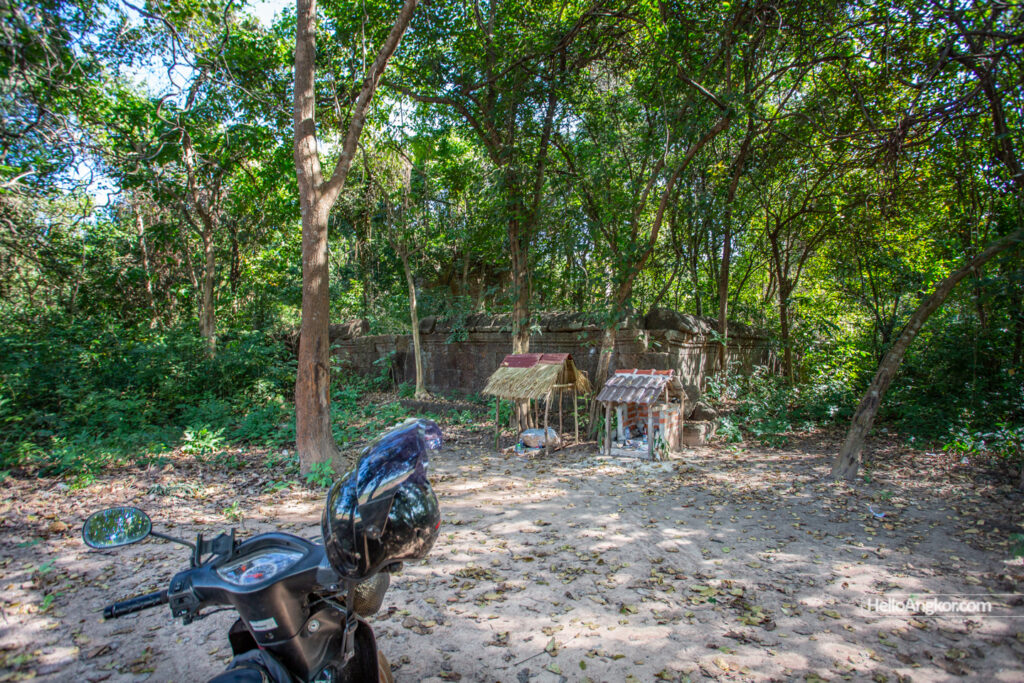


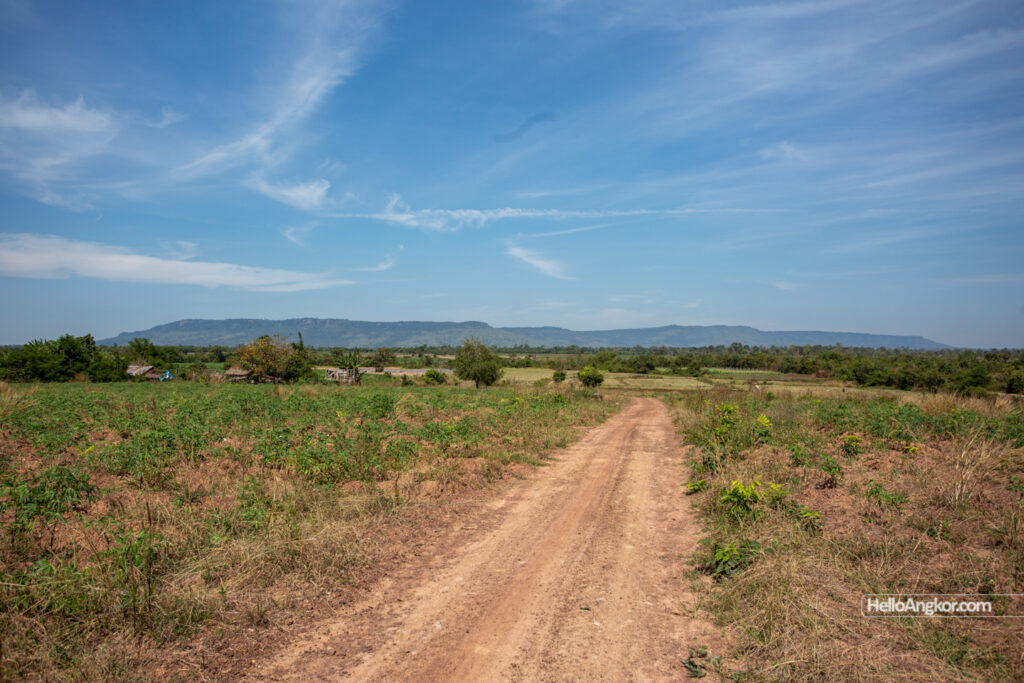
From Wat Prasat, I’d backtrack and back onto the sealed road past Beng Mealea Temple and take a freshly developed road up to Wat Phnom Bei where there are beautiful views of the southeast side of Kulen mountain on offer, and of the pagoda that’s built atop a small rise.
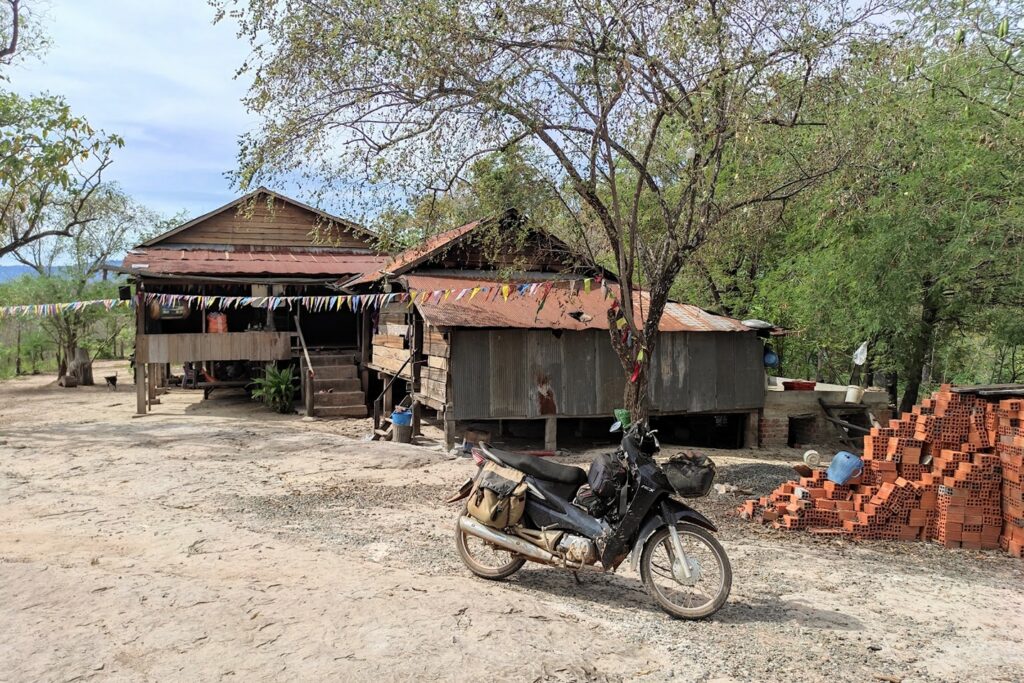
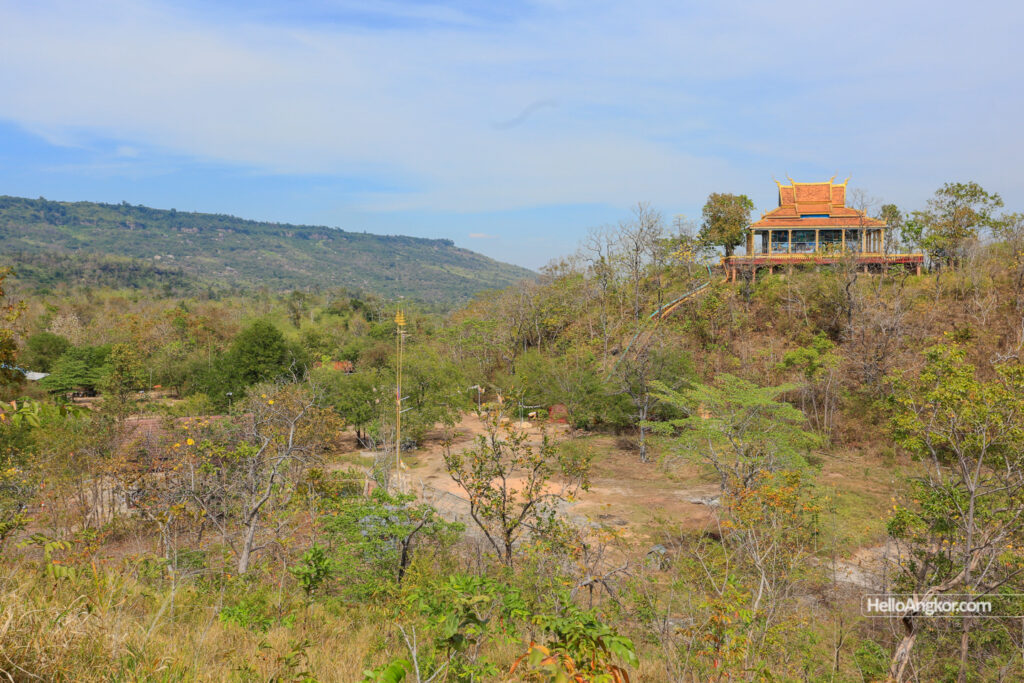

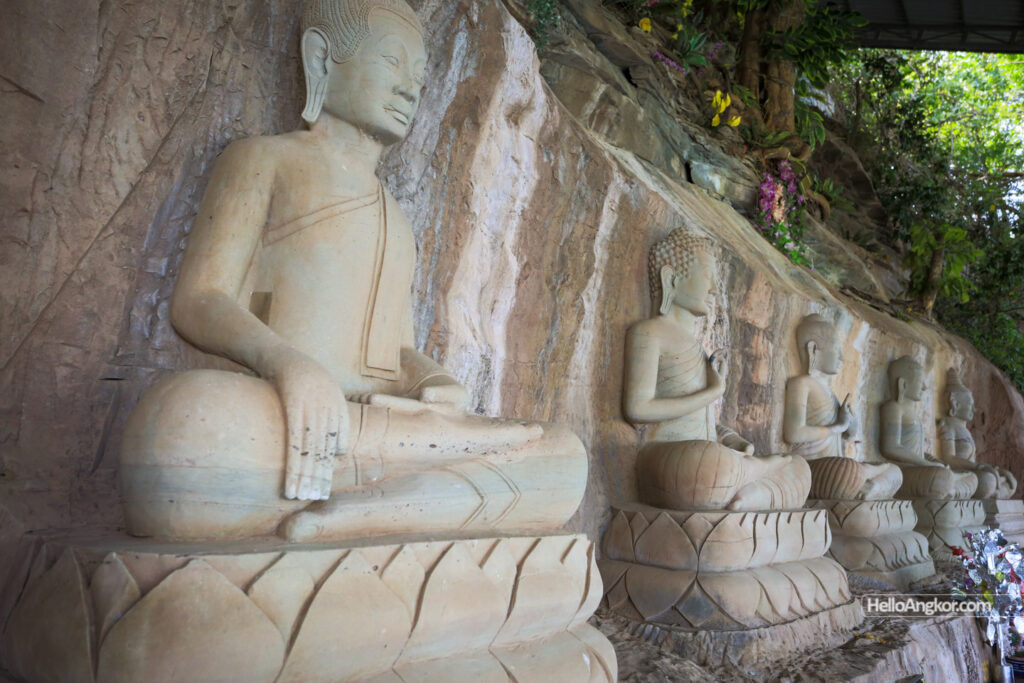
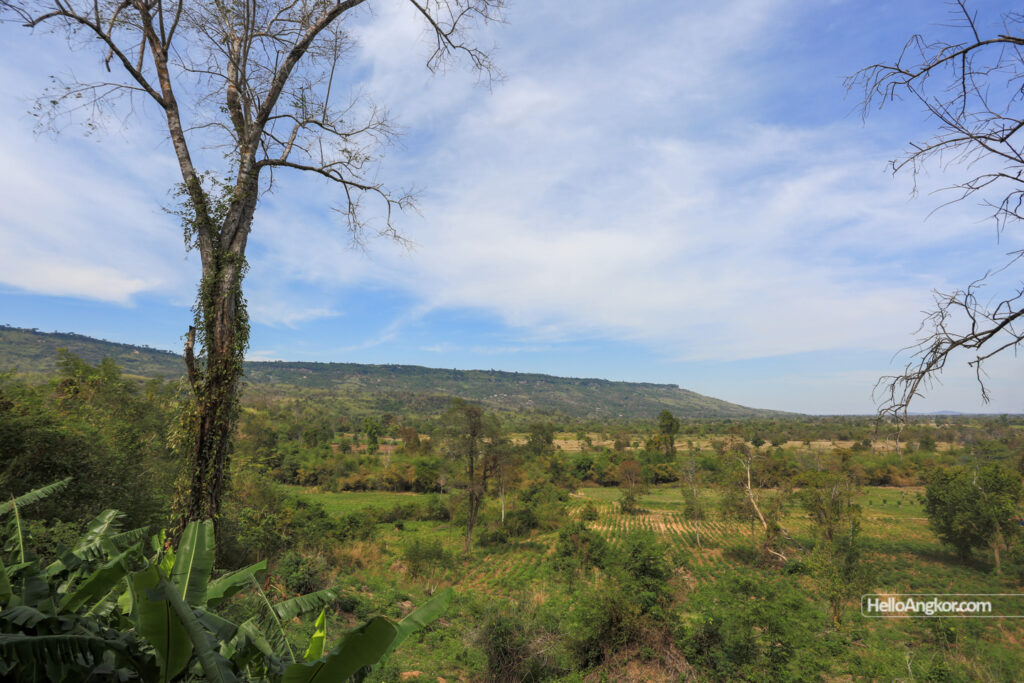
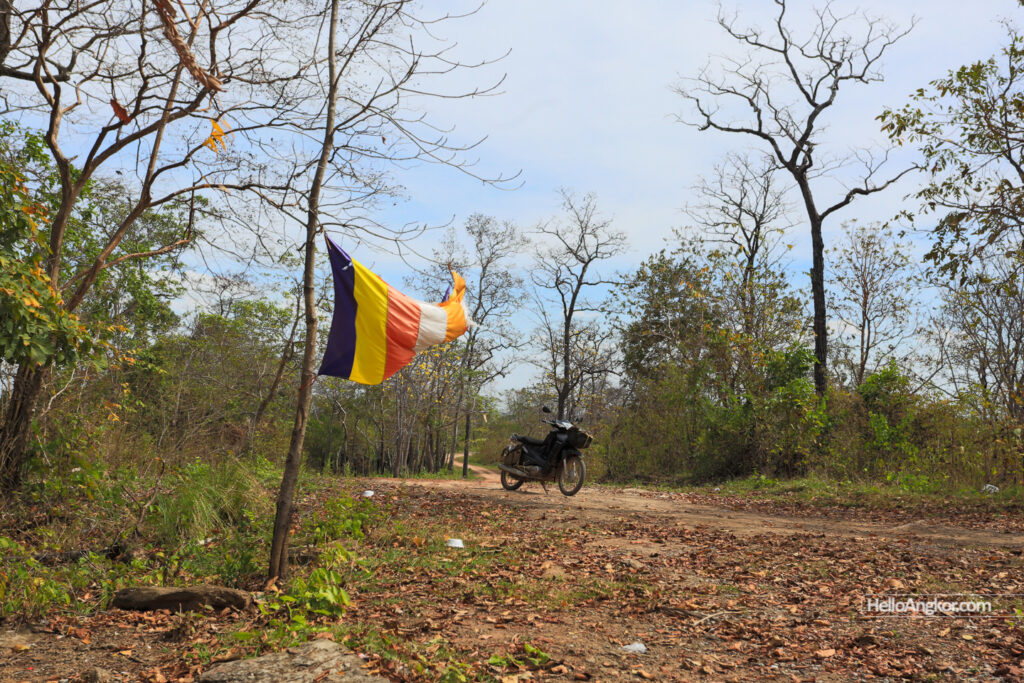
From there, back onto the sealed road and past Svay Leu, turning right and heading past Prasat Pram to Reul Temple which is the remains of an ancient brick temple with three towers and outer enclosure.

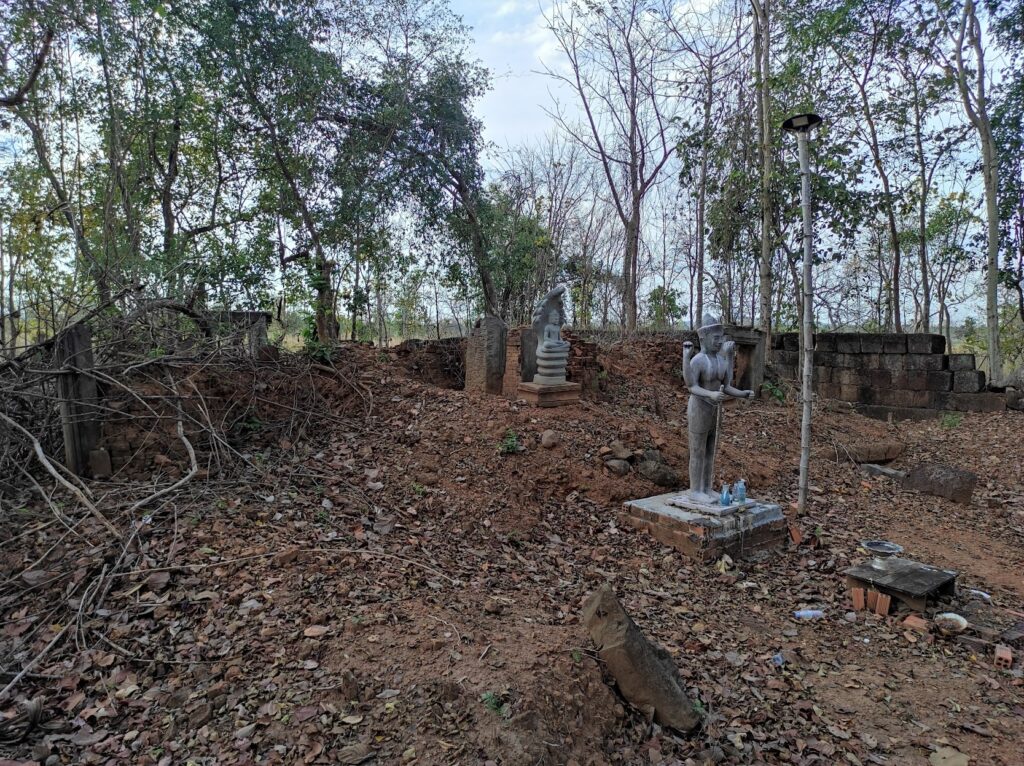
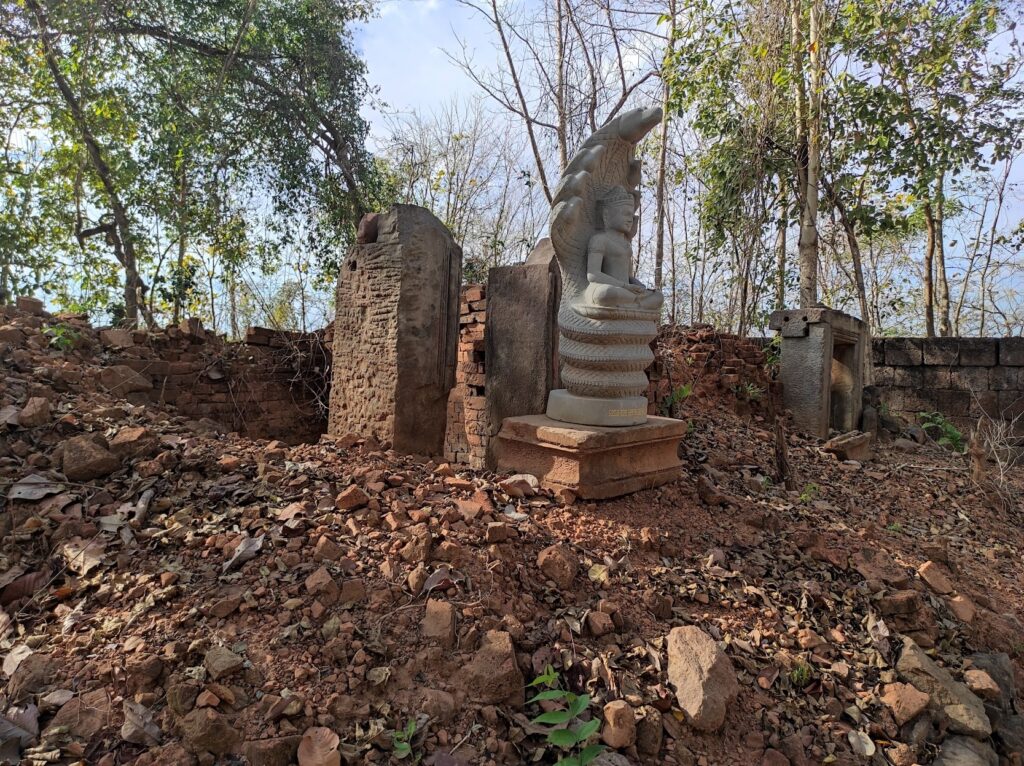
From there it was south to Sangkae Kbal Krabei Temple, the remains of a square laterite temple on monastery grounds, and then a little south to Chrei Khanhien Temple which is a reasonably well-preserved, but heavily overgrown at the time, group of three laterite towers surrounded by an outer enclosure. The roads are all dirt out this way and in fair condition. The people of the villages along the way are incredibly friendly and welcoming.

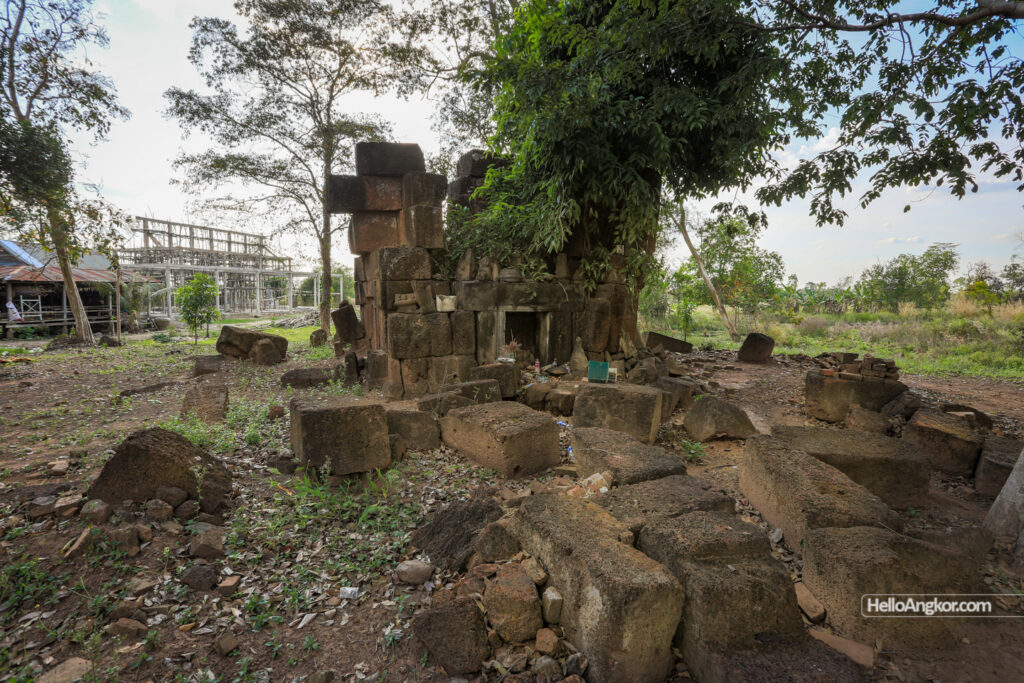
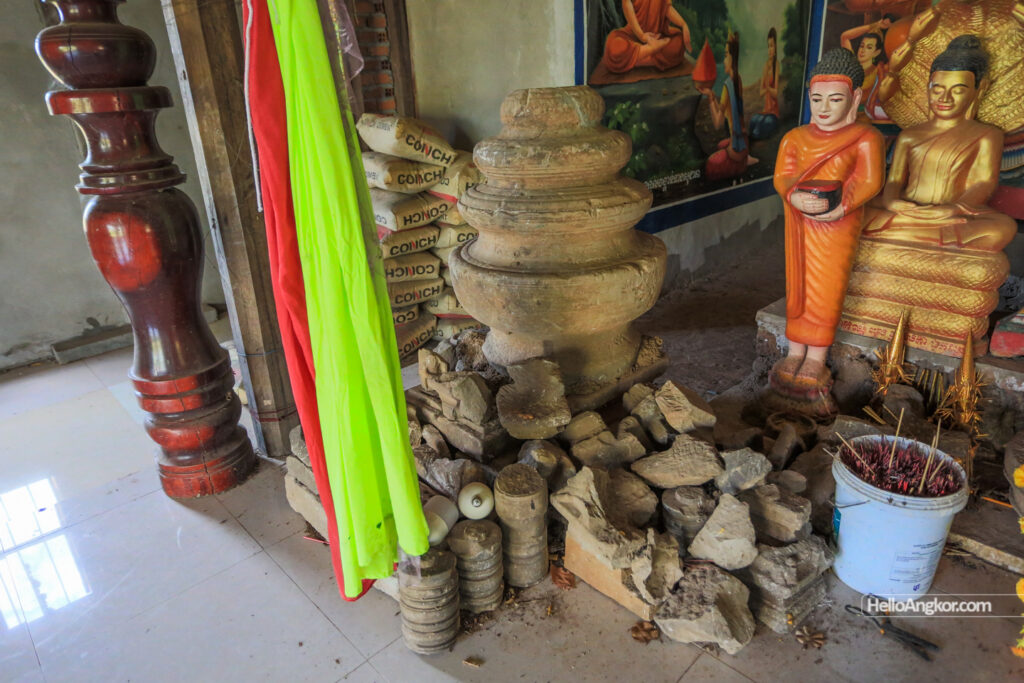
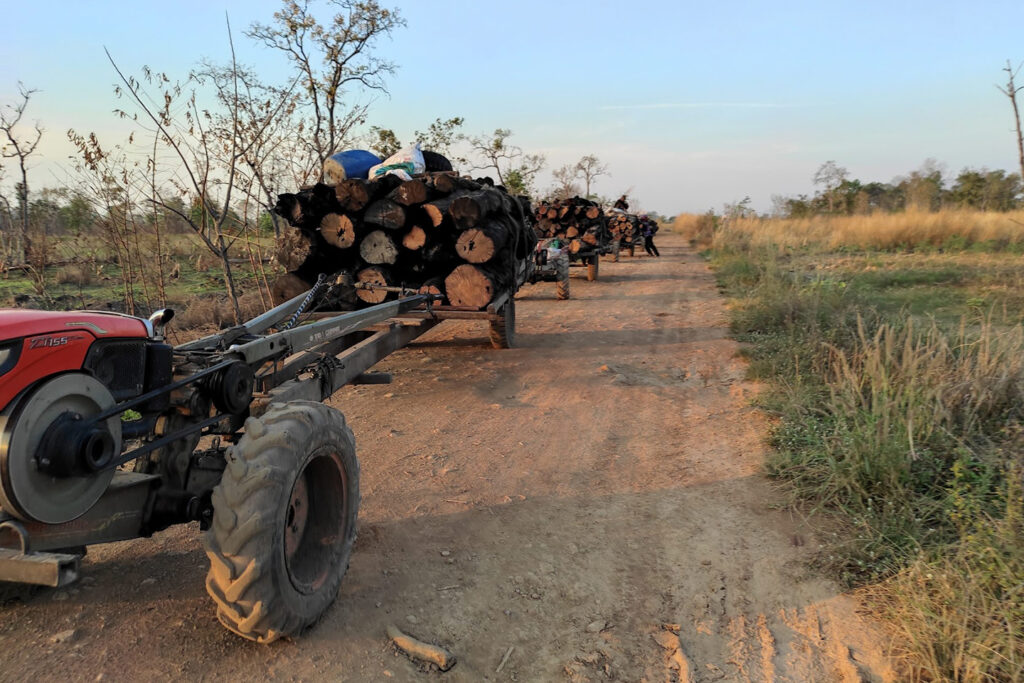
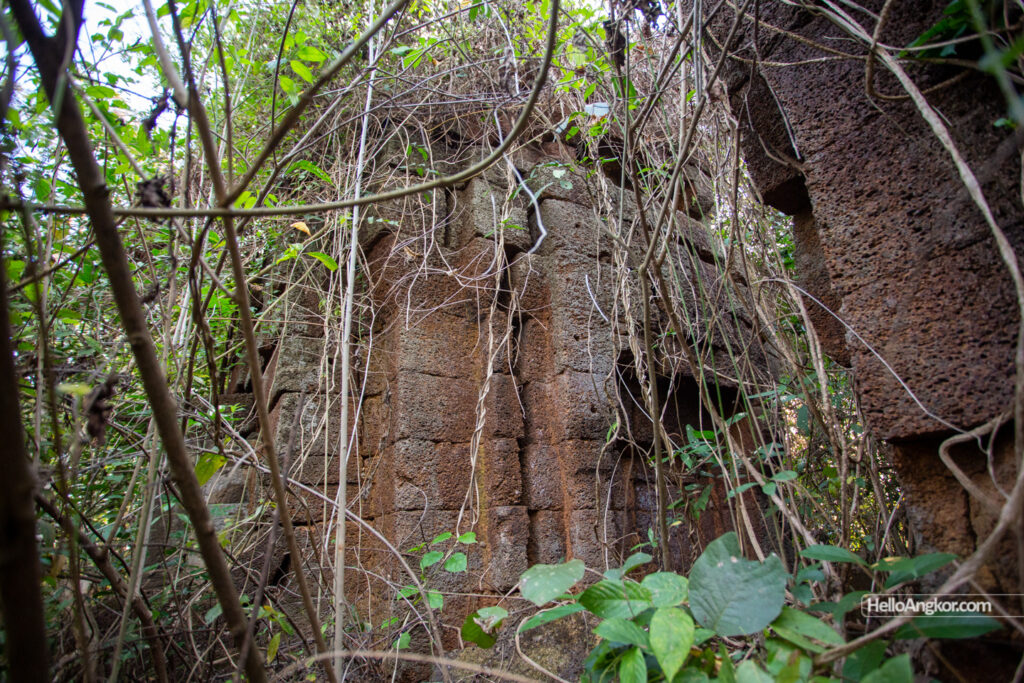
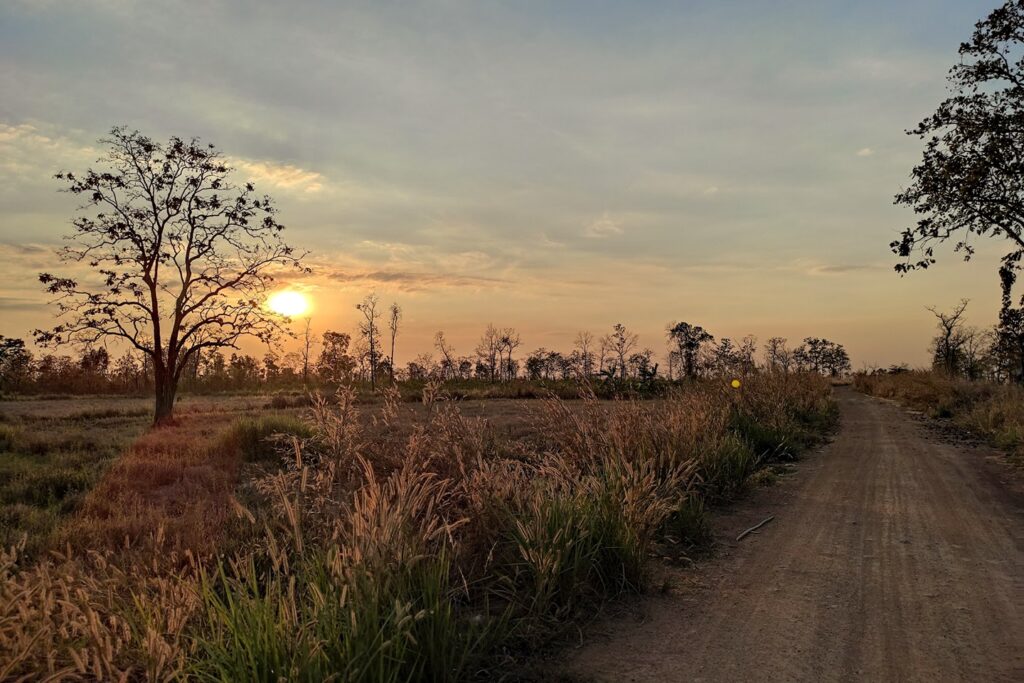
I’d return back to Svay Leu, stop the night, and the next morning wake up early to get a quick look at the sunrise from the east side of Kulen Mountain. A little cloudy on this particular day, but it’s certainly a place to add to the list of sunrise spots.

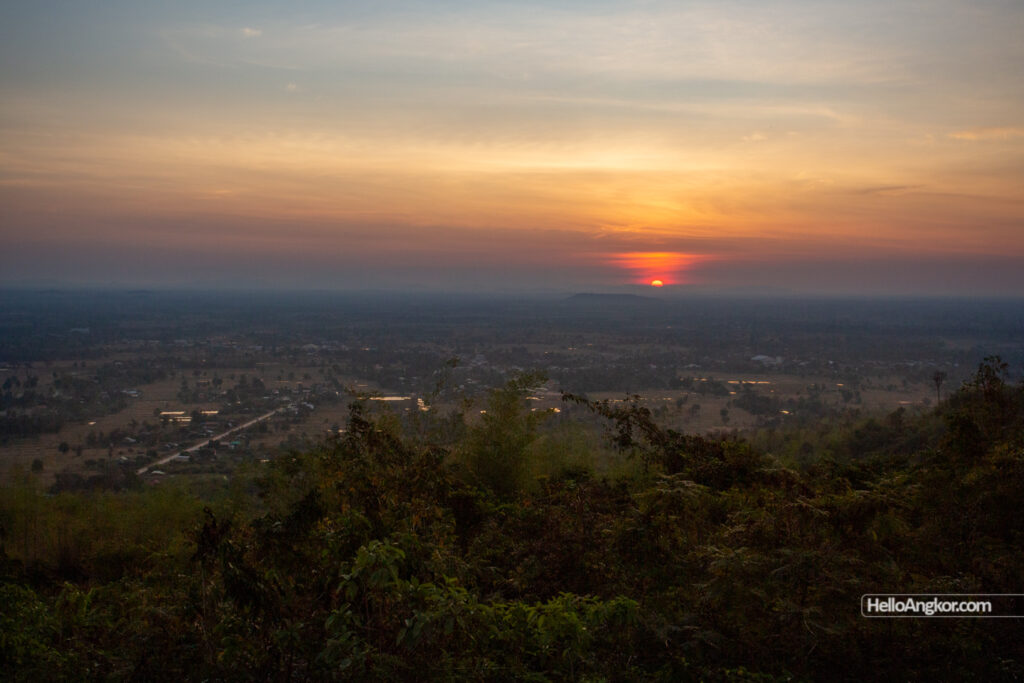
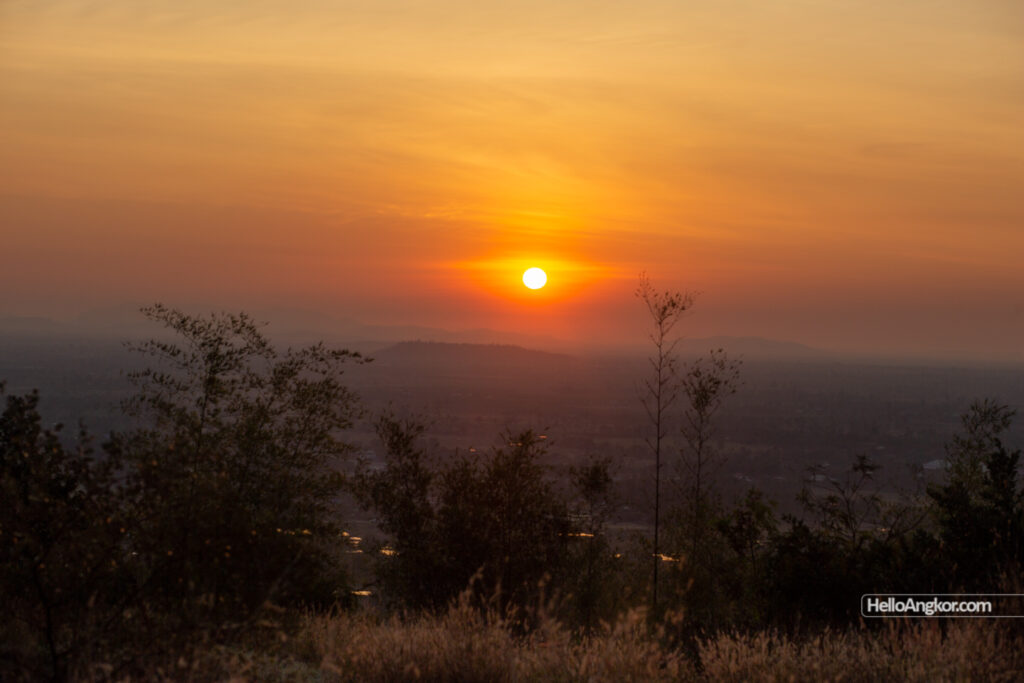
From there, I’d go back to Beng Melea, take the road to Khvav stopping at Spean Ta Ong for coffee with a cow, then Wat Chas, then check out a few more ancient bridges along the way, one which appears to have been excavated recently, and then take the road up to Wat Peung.
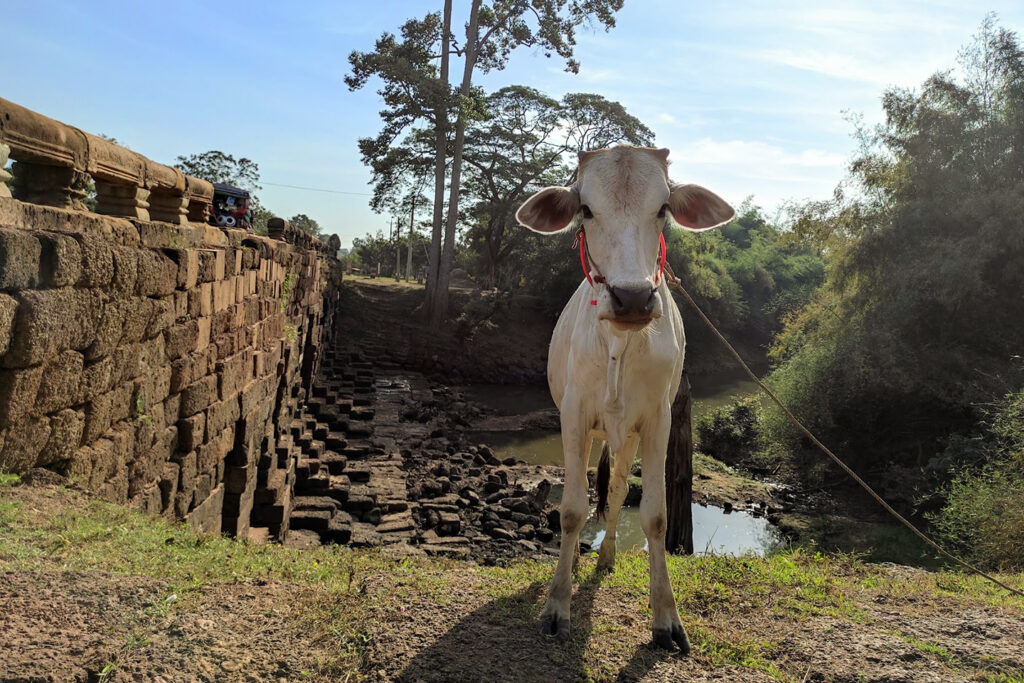
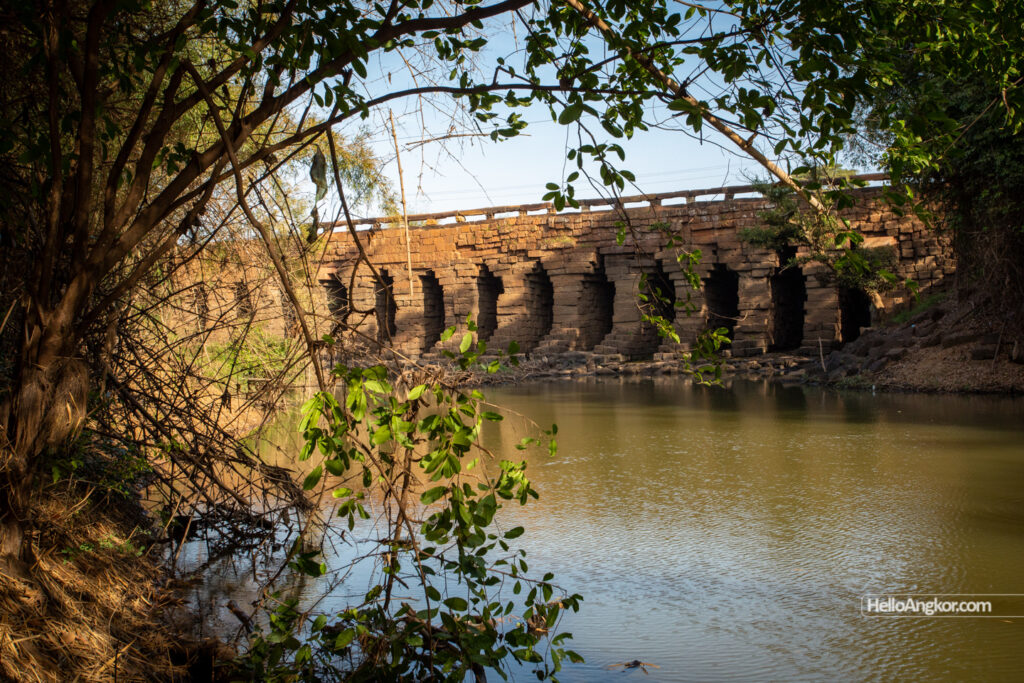
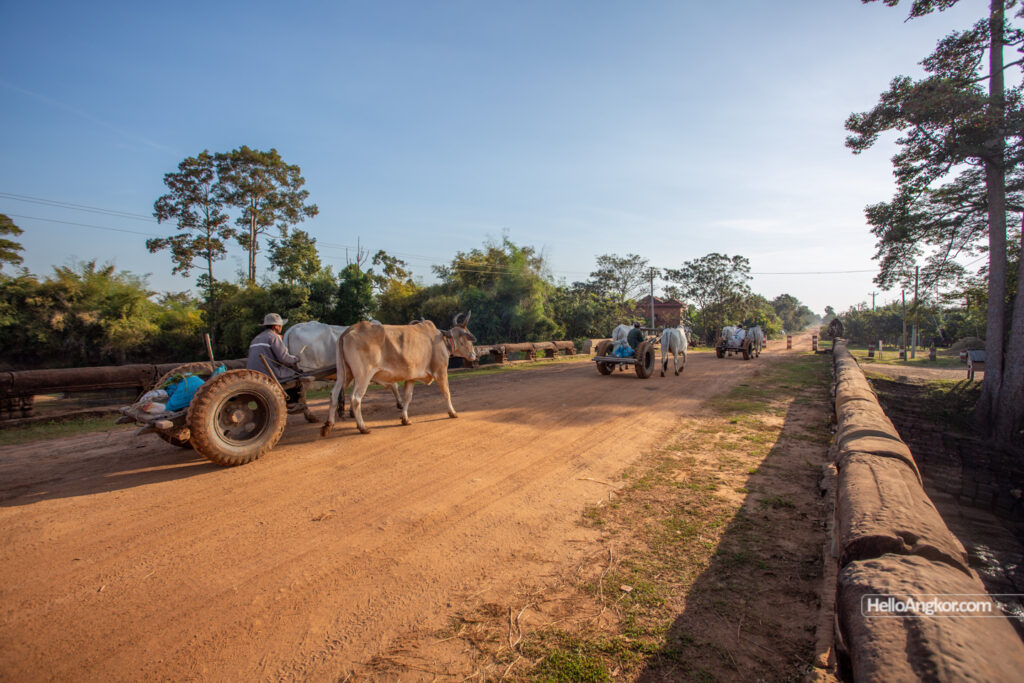
At the time of visiting, the trail to Wat Peung is only OK in parts, it’s passable no problem on a moto but some might find it pretty rough, SUV would also be OK. As for the site, it’s quite special, housing several interesting remnants from an ancient temple site/s, along with a pagoda atop the very peak of the mountain. The monastery grounds feature some landscaping and it’s a very sacred site for locals in Siem Reap province who make the journey to the site. It’s worth noting, that some way to the northwest are the remnants of a temple site, according to the monk it is overgrown and the road is not good, ok, another day then.

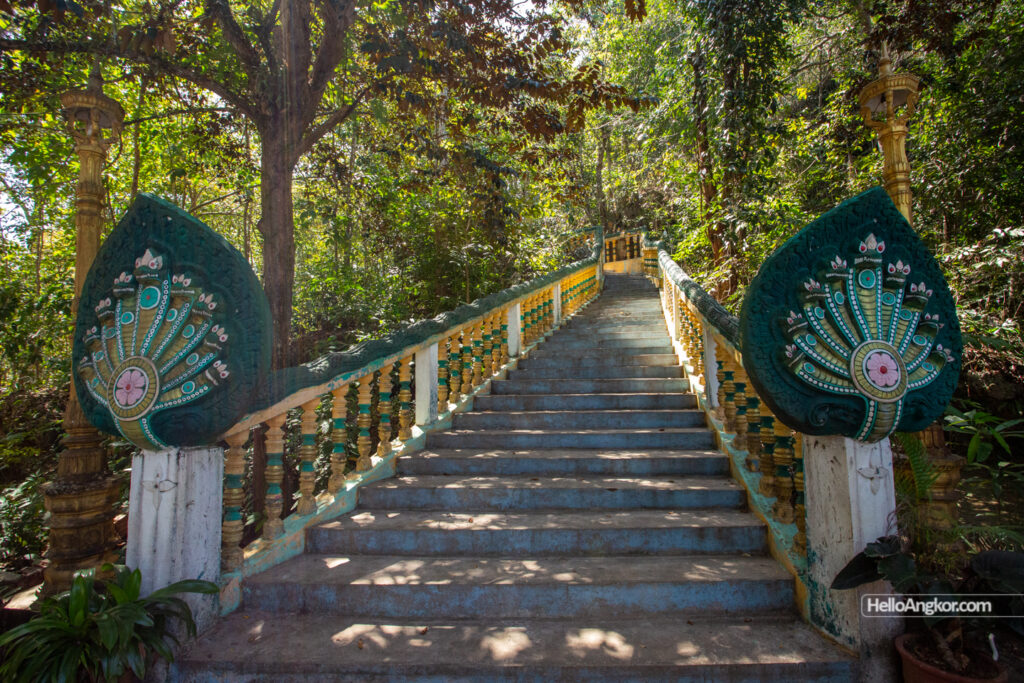
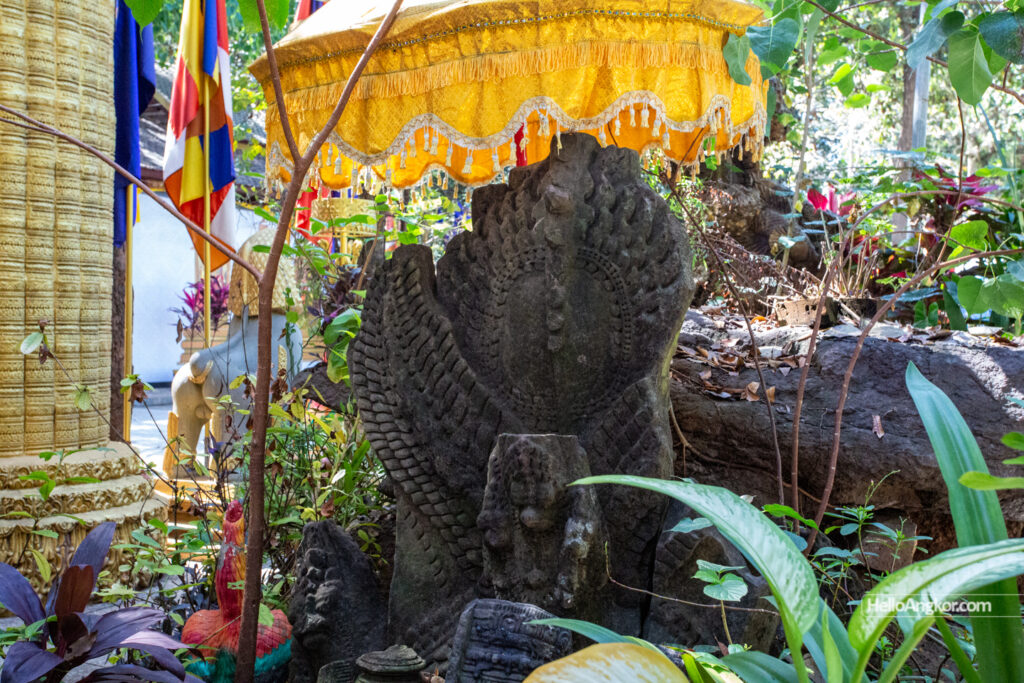


From there I’d head back to Khvav, and visit Preah Theat Khvav Temple where it looked like they were ready to consecrate the new pagoda. After that, south and then east down a long winding sandy farmers’ trail to Boeng Sasar Viech Temple. This temple is a little bit special, standing only in parts but featuring an interesting layout with a structure annexed into its wall and some unique art still in situ, plus a stupa which may indicate some post-Angkor era activity.

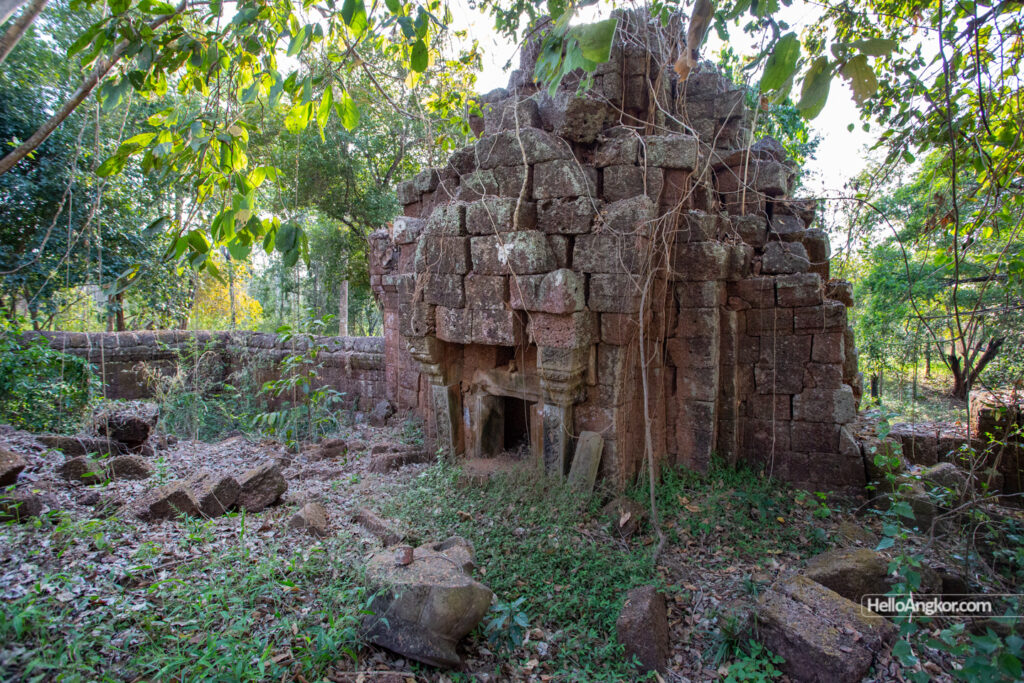

From there it was south to Kampong Kdei and back to Siem Reap.

